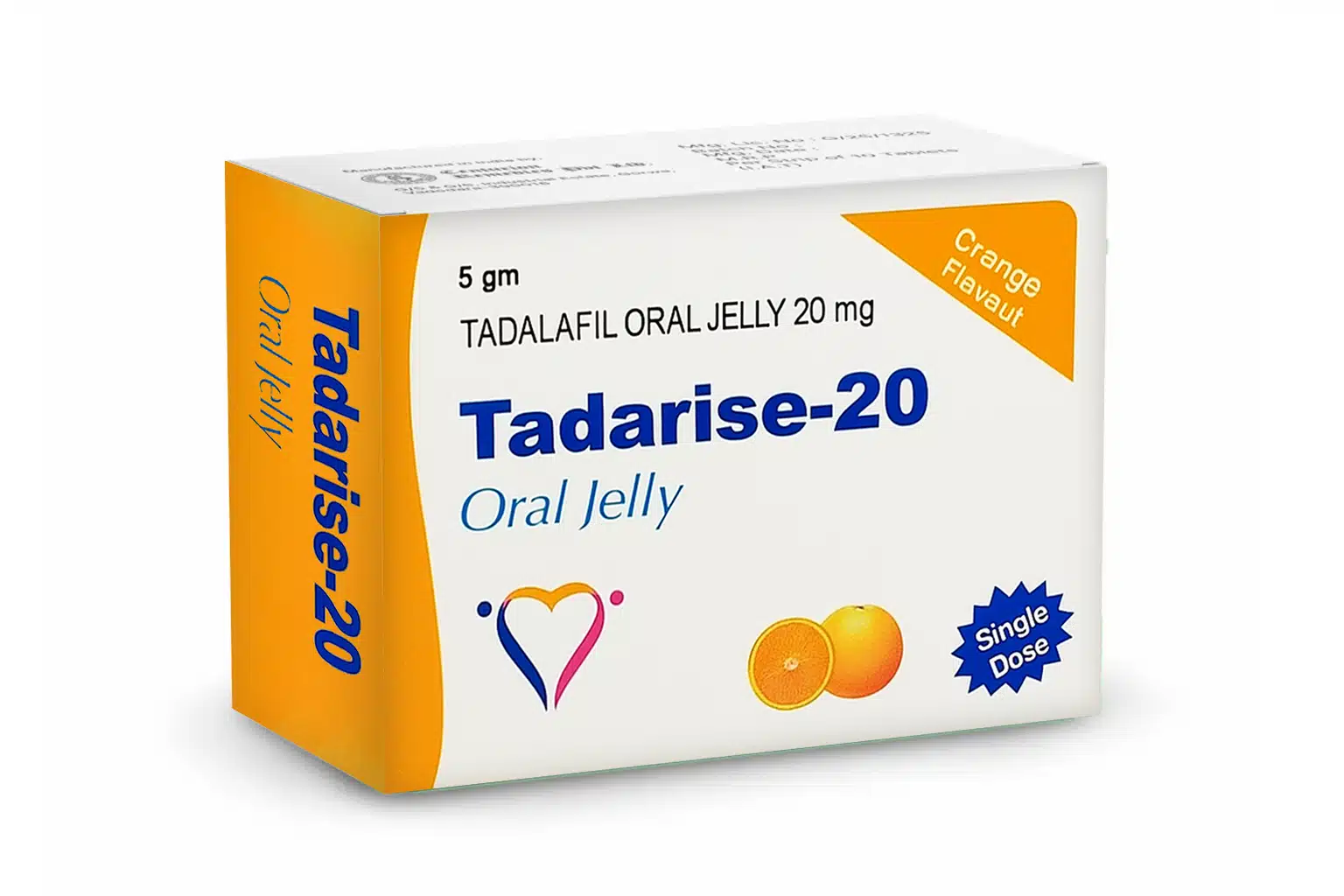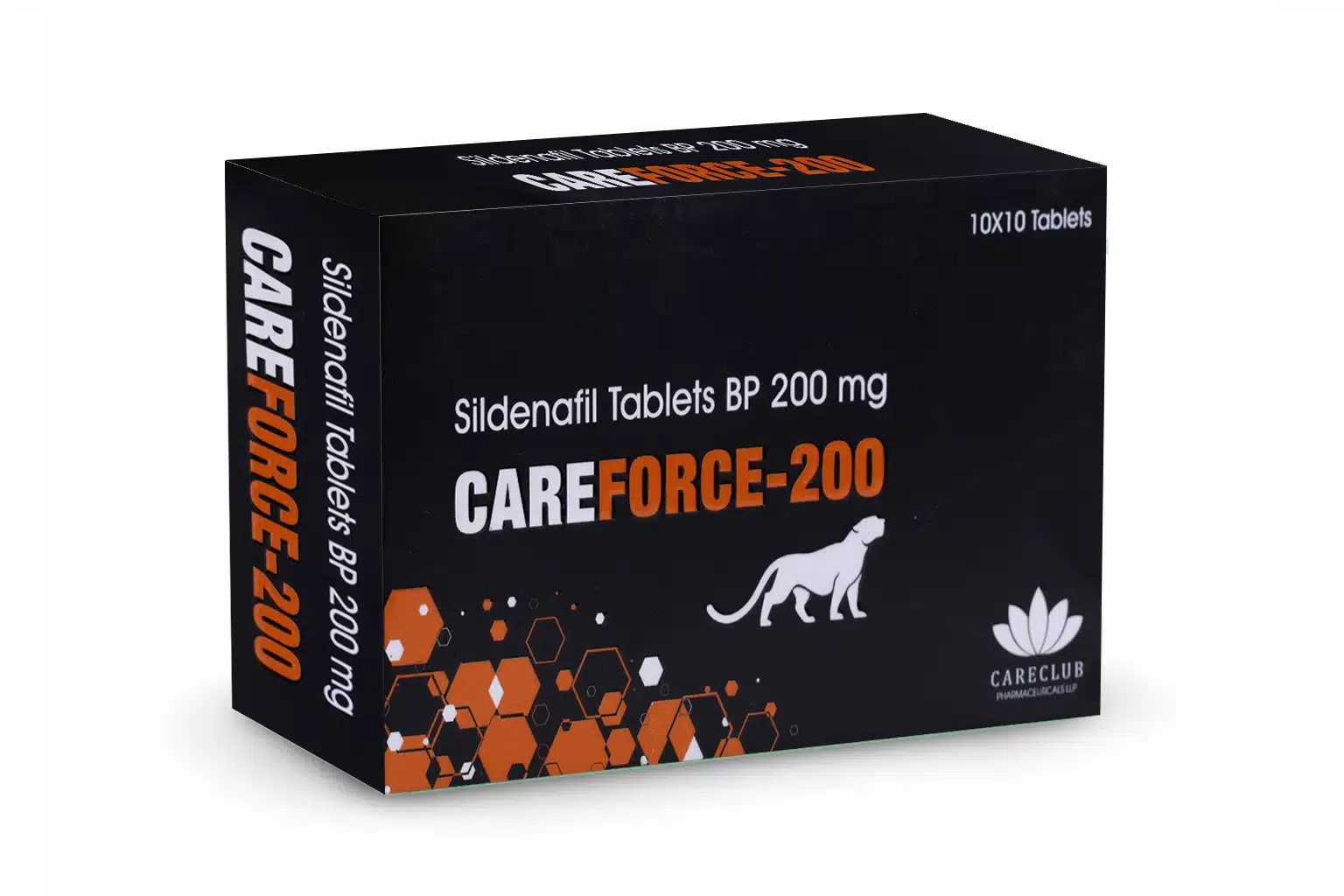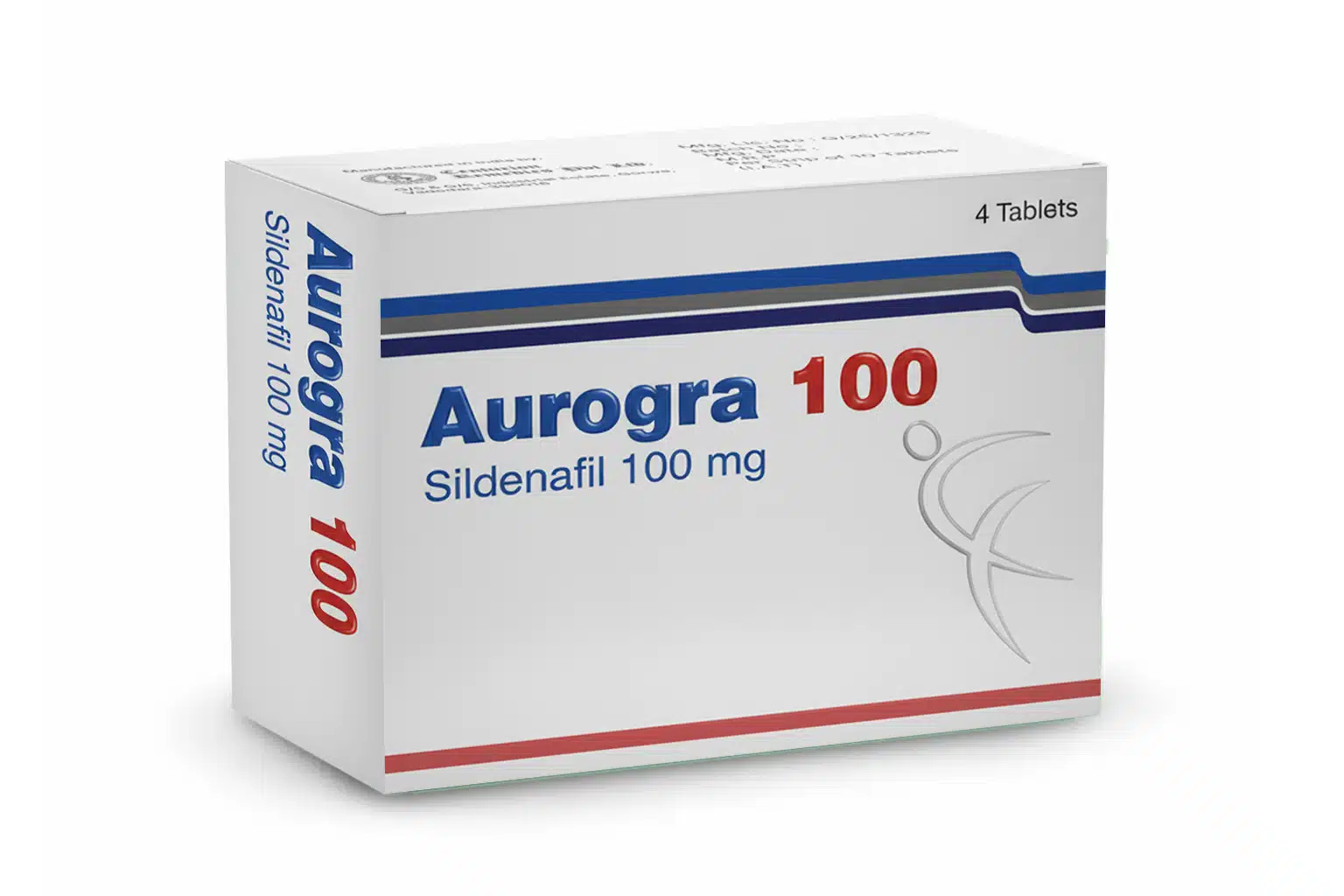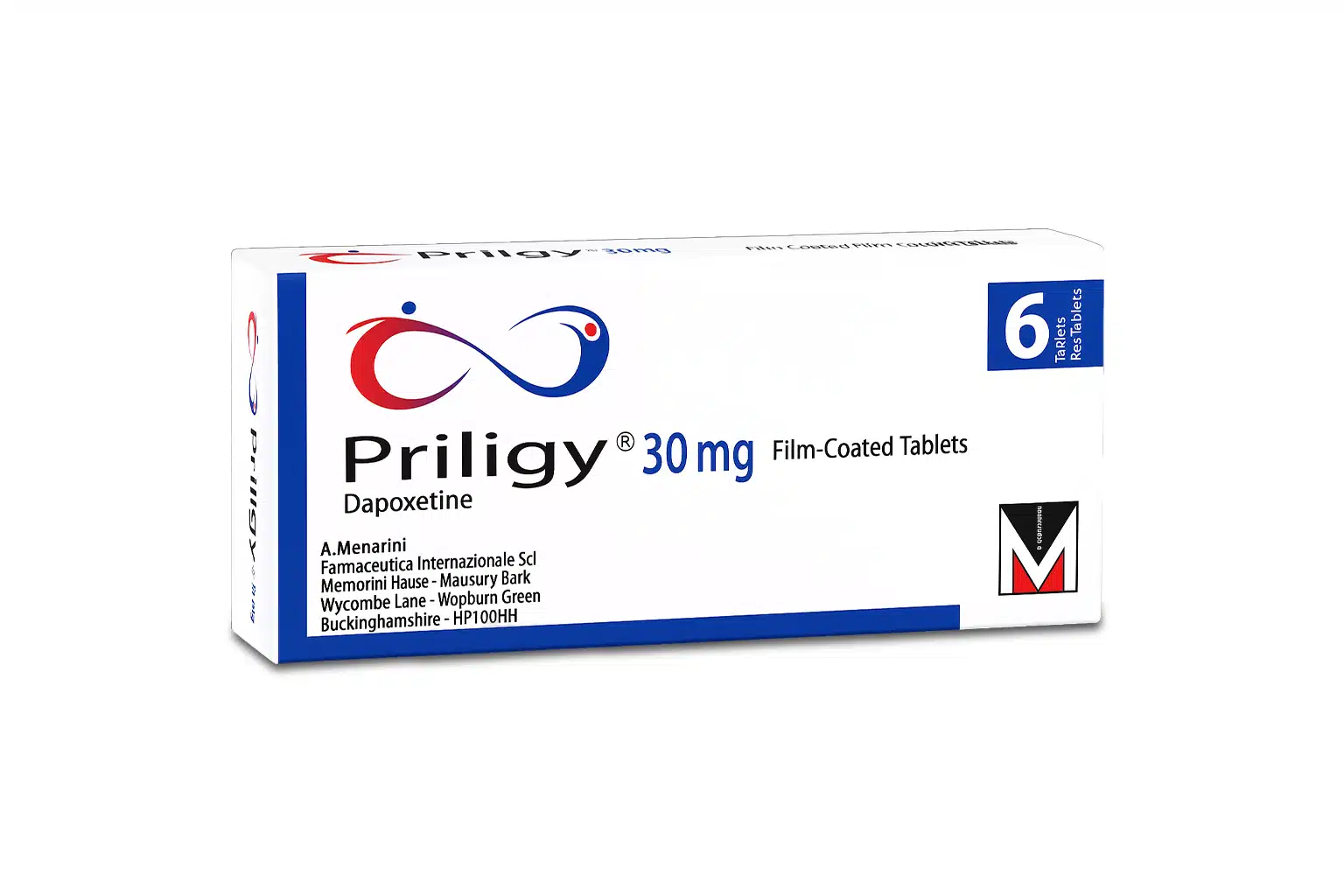Erectile dysfunction (ED) medications like Viagra (sildenafil), Cialis (tadalafil), and Levitra (vardenafil) have transformed treatment options for millions of men worldwide. These drugs, classified as phosphodiesterase type 5 (PDE5) inhibitors, work by increasing blood flow to the penis, facilitating erections when sexual stimulation occurs.
As these medications have become widely recognized, questions have naturally emerged about whether women might benefit from them as well. Female sexual dysfunction (FSD) affects approximately 40% of women at some point in their lives, yet treatment options remain limited compared to those available for men.
This article examines the science behind ED medications, their potential effects on women’s sexual health, what research tells us about their efficacy for female sexual dysfunction, and important safety considerations for women considering these drugs.
How ED Medications Work
To understand whether ED pills might work for women, it’s essential to first understand their mechanism of action in men:
The Science Behind PDE5 Inhibitors
ED medications work by inhibiting the enzyme phosphodiesterase type 5 (PDE5), which is responsible for breaking down cyclic guanosine monophosphate (cGMP). When PDE5 is inhibited, cGMP levels increase, which:
- Relaxes smooth muscle tissue in blood vessel walls
- Improves blood flow to the penis
- Facilitates erection when sexual stimulation occurs
This mechanism is specific to addressing the physiological challenges of erectile dysfunction in men. It’s important to note that these medications don’t increase sexual desire or libido—they only address the physical aspect of erection by enhancing blood flow.
Female Sexual Dysfunction: An Overview
Female sexual dysfunction encompasses several conditions:
- Hypoactive Sexual Desire Disorder (HSDD) – Persistently low sexual interest causing personal distress
- Female Sexual Arousal Disorder (FSAD) – Difficulty becoming or staying physically aroused during sexual activity
- Female Orgasmic Disorder – Difficulty achieving orgasm despite sufficient arousal
- Genito-Pelvic Pain/Penetration Disorder – Pain during intercourse or penetration attempts
Unlike male erectile dysfunction, which primarily involves a specific physiological mechanism, female sexual dysfunction is often multifaceted, involving psychological, relationship, and physiological factors.
Can Women Take ED Pills?
The Research on ED Medications for Women
Researchers have investigated whether the same medications that help men with ED might benefit women with sexual dysfunction. The results have been mixed:
Studies on Sildenafil (Viagra) for Women
Several clinical trials have examined sildenafil’s effects on women:
- A 2008 study published in the Journal of the American Medical Association found that sildenafil did not significantly improve sexual function in women with sexual arousal disorders who were not menopausal.
- However, a different study published in the British Journal of Obstetrics and Gynaecology found that sildenafil might benefit women experiencing sexual dysfunction as a side effect of antidepressant medication (particularly selective serotonin reuptake inhibitors or SSRIs).
- Research from the UCLA Female Sexual Medicine Center suggested that sildenafil might help women who experience difficulties with arousal and orgasm due to certain specific conditions.
Studies on Other PDE5 Inhibitors
Limited research exists on other ED medications like tadalafil (Cialis) and vardenafil (Levitra) for women, with similarly inconsistent findings. In conclusion, men can take ed pills like Viagra, cenforce 200 mg, Kamagra etc etc but women can’t accept exceptions.
Physiological Differences Between Men and Women
The mixed results from research highlight important physiological differences between men and women:
- Different Sexual Response Mechanisms: The male erectile response is primarily dependent on blood flow, which ED medications directly address. Female sexual response is more complex and involves multiple systems.
- Genital Anatomy: The clitoris does contain erectile tissue similar to the penis and experiences increased blood flow during arousal. However, this is just one component of the female sexual response.
- Role of Hormones: Female sexual function is heavily influenced by hormonal factors, particularly estrogen and testosterone levels, which ED medications don’t address.
- Psychological Factors: For many women, psychological and emotional factors play a more prominent role in sexual satisfaction than physiological factors.
Potential Benefits for Specific Female Conditions
While not approved for general use in women with sexual dysfunction, some research suggests ED medications might help specific conditions:
Potential Applications
- SSRI-Induced Sexual Dysfunction: Some studies indicate that PDE5 inhibitors might counteract sexual side effects in women taking antidepressants.
- Pulmonary Arterial Hypertension: Sildenafil (marketed as Revatio for this condition) is FDA-approved for treating pulmonary arterial hypertension in both men and women.
- Raynaud’s Phenomenon: Some research suggests benefits for women with this circulatory condition that causes extremities to feel numb and cold.
- Clitoral Blood Flow: For women with specific issues related to insufficient clitoral blood flow, PDE5 inhibitors might theoretically help, though more research is needed.
FDA-Approved Treatments for Female Sexual Dysfunction
Instead of ED medications, women with sexual dysfunction have other FDA-approved options:
- Flibanserin (Addyi): Approved for premenopausal women with hypoactive sexual desire disorder (HSDD). Unlike ED medications, it works on brain chemicals related to desire.
- Bremelanotide (Vyleesi): An injectable medication also approved for premenopausal women with HSDD.
- Ospemifene (Osphena): For postmenopausal women experiencing painful intercourse due to vaginal dryness.
- Estrogen therapies: Various formulations (creams, rings, tablets) can help address vaginal dryness and discomfort after menopause.
These medications are specifically designed to address female sexual health concerns, unlike ED medications which were developed for male physiology.
-
Cenforce 100 Mg
Best Seller$24.00 – $215.00Price range: $24.00 through $215.00Rated 5.00 out of 5Shop Now This product has multiple variants. The options may be chosen on the product page -
Vidalista 5 Mg
Best Seller$18.00 – $182.00Price range: $18.00 through $182.00Rated 4.00 out of 5Shop Now This product has multiple variants. The options may be chosen on the product page -
Vidalista 40 Mg
Best Seller$28.00 – $276.00Price range: $28.00 through $276.00Rated 4.00 out of 5Shop Now This product has multiple variants. The options may be chosen on the product page -
Cenforce 200 Mg
best sellers$31.00 – $335.00Price range: $31.00 through $335.00Rated 4.00 out of 5Shop Now This product has multiple variants. The options may be chosen on the product page -
Cenforce Fm
Best Seller$33.00 – $218.00Price range: $33.00 through $218.00Rated 4.00 out of 5Shop Now This product has multiple variants. The options may be chosen on the product page -
Kamagra 100 mg
best sellers$24.00 – $125.00Price range: $24.00 through $125.00Rated 5.00 out of 5Shop Now This product has multiple variants. The options may be chosen on the product page -
Fildena 100 mg
best sellers$24.00 – $244.00Price range: $24.00 through $244.00Rated 4.00 out of 5Shop Now This product has multiple variants. The options may be chosen on the product page -
Malegra Oral Jelly 100 Mg
Best Seller$8.00 – $44.00Price range: $8.00 through $44.00Rated 5.00 out of 5Shop Now This product has multiple variants. The options may be chosen on the product page -
Super Kamagra Oral Jelly
Best Seller$25.00 – $120.00Price range: $25.00 through $120.00Rated 4.00 out of 5Shop Now This product has multiple variants. The options may be chosen on the product page -
Tadarise Oral Jelly
Best Seller$19.00 – $72.00Price range: $19.00 through $72.00Rated 4.00 out of 5Shop Now This product has multiple variants. The options may be chosen on the product page -
Careforce 200 Mg
Best Seller$29.00 – $332.00Price range: $29.00 through $332.00Rated 5.00 out of 5Shop Now This product has multiple variants. The options may be chosen on the product page -
Stallegra 100 Mg
best sellers$88.00 – $224.00Price range: $88.00 through $224.00Rated 5.00 out of 5Shop Now This product has multiple variants. The options may be chosen on the product page -
Exclusive
Aurogra 100 Mg
best sellers$29.00 – $76.00Price range: $29.00 through $76.00Rated 4.00 out of 5Shop Now This product has multiple variants. The options may be chosen on the product page -
Priligy 30mg
best sellers$22.00 – $156.00Price range: $22.00 through $156.00Rated 4.00 out of 5Shop Now This product has multiple variants. The options may be chosen on the product page
Risks and Side Effects
Women considering ED medications should be aware of potential risks and side effects:
Common Side Effects
- Headache
- Flushing
- Indigestion
- Nasal congestion
- Visual disturbances
- Dizziness
Serious Risks
- Cardiovascular Risks: ED medications can cause blood pressure changes and may interact with heart medications.
- Drug Interactions: PDE5 inhibitors can interact dangerously with nitrates and certain other medications.
- Unregulated Products: Some women may seek out unregulated or counterfeit products online, which carry additional serious health risks.
- Off-Label Use: Using medications for purposes other than their approved indication means less is known about appropriate dosing and specific risks for women.
When to Consult a Healthcare Provider
If you’re experiencing sexual health concerns, it’s important to:
- Seek professional guidance: Consult with a gynecologist, urologist, or sexual health specialist rather than self-medicating.
- Get a comprehensive evaluation: Sexual difficulties can stem from physical, psychological, or relationship factors that require different treatments.
- Consider underlying causes: Sexual dysfunction can be a symptom of other health issues like diabetes, cardiovascular disease, hormonal imbalances, or depression.
Discuss all medications: Inform your provider about all medications you’re taking, as many (including antidepressants, blood pressure medications, and antihistamines) can affect sexual function.
Holistic Approaches to Female Sexual Health
For many women, addressing sexual health concerns may involve multiple approaches:
- Addressing relationship factors: Communication, stress, and relationship dynamics often play crucial roles in sexual satisfaction.
- Psychological support: Therapy approaches like cognitive-behavioral therapy can help address psychological barriers to sexual enjoyment.
- Hormonal evaluation: For women experiencing changes related to menopause or other hormonal shifts, hormone therapy might be appropriate.
- Lifestyle modifications: Exercise, stress management, adequate sleep, and limiting alcohol can all positively impact sexual health.
Education and mindfulness: Learning about sexual response and practicing mindfulness techniques can help women reconnect with their bodies.
Conclusion
While the question “Can women take ED pills?” has a simple answer—they’re not FDA-approved for female sexual dysfunction—the broader issue of addressing female sexual health concerns is complex and multifaceted.
ED medications were developed specifically for male physiology and the unique mechanism of erectile dysfunction. Female sexual response involves different systems and is influenced by a complex interplay of physical, psychological, and relationship factors.
For women experiencing sexual health concerns, the most effective approach is to seek care from a knowledgeable healthcare provider who can properly assess the specific issue and recommend appropriate treatments, which might include FDA-approved medications for female sexual dysfunction, hormone therapies, psychological support, or lifestyle modifications.
As research continues to advance our understanding of female sexual health, more targeted treatments may become available. In the meantime, women deserve comprehensive care that addresses all aspects of sexual wellbeing rather than attempting to apply solutions designed for different physiological systems.
Frequently Asked Questions
1. Can Viagra help women with sexual dysfunction?
Viagra (sildenafil) is not FDA-approved for use in women. Some small studies suggest it might help specific types of female sexual dysfunction, particularly those related to blood flow or as a side effect of certain medications. However, the overall evidence does not support its general use for female sexual dysfunction.
2. Are there any ED pills specifically designed for women?
No, erectile dysfunction medications were specifically designed to address male physiology. Medications approved for female sexual dysfunction, like flibanserin (Addyi) and bremelanotide (Vyleesi), work through different mechanisms more appropriate to female sexual response.
3. What happens if a woman takes Viagra or other ED medications?
Some women may experience increased blood flow to the genital area, which might enhance sensation and lubrication. However, many women experience no significant sexual benefit while still facing potential side effects like headache, flushing, and vision changes.
4. Can women take ED pills for other health conditions?
Sildenafil is FDA-approved for treating pulmonary arterial hypertension in both men and women, but at different dosages than for erectile dysfunction. Some women with Raynaud’s phenomenon or certain menstrual disorders might benefit from these medications, but only under medical supervision.
5. Is it dangerous for women to take ED medications?
While not inherently dangerous when taken under medical supervision, these medications can cause side effects and may interact with other medications. The lack of FDA approval for female sexual dysfunction means less is known about appropriate dosing and long-term effects in women.
6. What should women do if they're experiencing sexual difficulties?
Consult with a healthcare provider who specializes in sexual health. The appropriate treatment depends on correctly identifying the specific type of sexual concern and its underlying causes, which may include physical health issues, psychological factors, relationship dynamics, or medication side effects.
7. Are there natural alternatives to ED pills for women?
Several approaches may help improve female sexual function without medication:
- Regular exercise
- Stress reduction techniques
- Mindfulness practices
- Relationship counseling
- Adequate sleep
- Limiting alcohol consumption
- Addressing underlying health conditions
- Certain supplements like maca root, though evidence is limited















